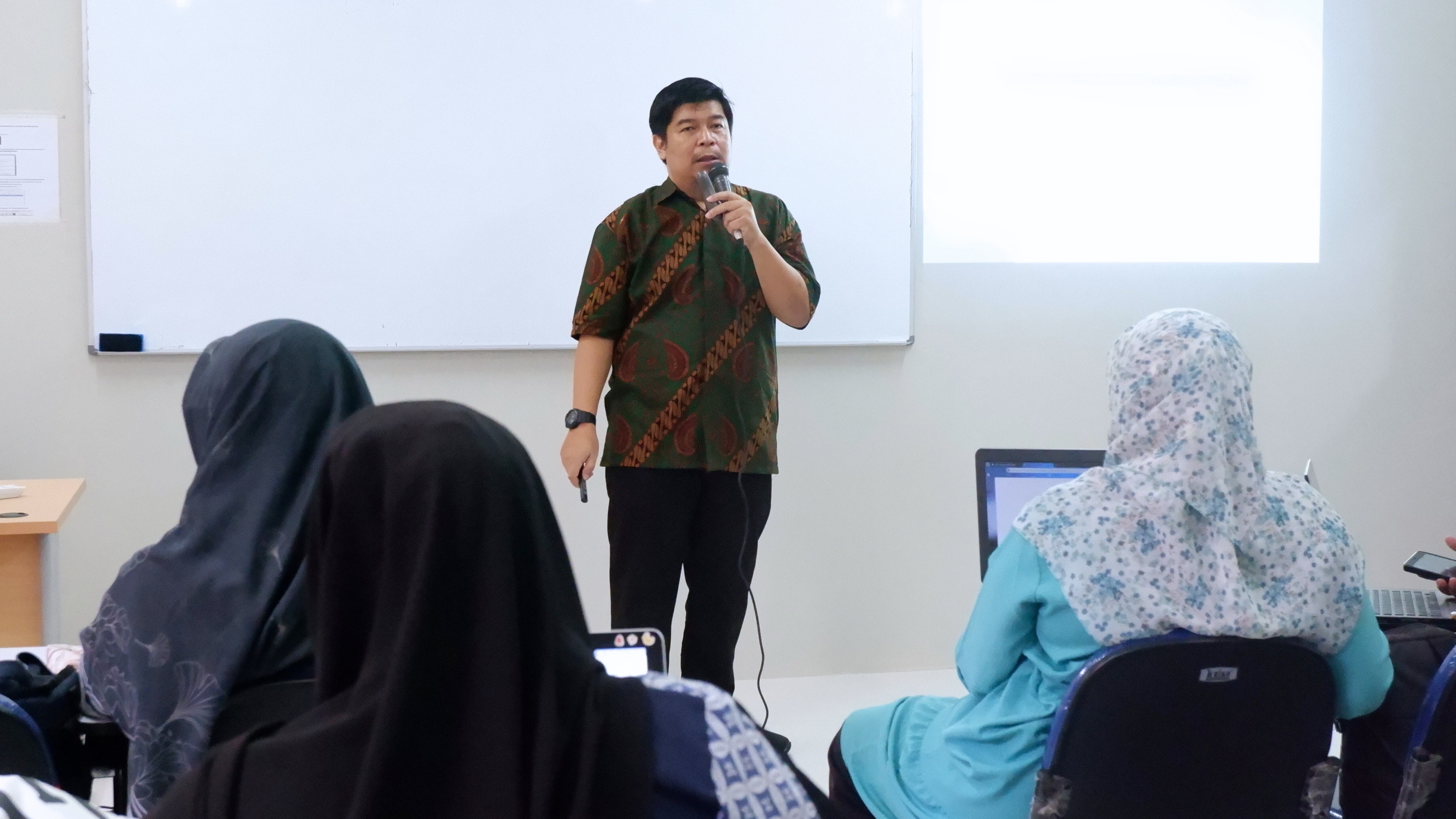Understanding Light Fidelity and Its Application in Everyday Internet Networks
.jpg)
Internet access has now become a sought-after commodity for all levels of society, from professionals to students. The internet enables problem-solving by providing solutions tailored to each individual's preferences.
A well-designed internet connection can become the backbone of an integrated digital ecosystem. This fosters the development of Quality of Life (QoL), allowing devices to connect and exchange information without distance limitations. The utilization of a more stable internet is now opening a new era of interconnectivity, often known as the Internet of Things (IoT) era. The existence of IoT allows various devices to connect through a unified digital world to create a smart and efficient network ecosystem.
To facilitate more affordable internet access and higher-speed data transfers, various industries have now shifted to the use of wireless technology. Wireless technology now enables the transmission of data exceeding 7,000 terabytes per day. This achievement is possible due to the use of electromagnetic waves, which have low resistance and can travel without a medium such as water or air.
One of the latest technologies capable of transmitting data rapidly, which has become an alternative to the commonly known Wi-Fi (Wireless Fidelity), is Li-Fi, or Light Fidelity.
Through research conducted in the school library at SMAN 13 Tangerang by a lecturer from the Informatics Engineering department at Dian Nusantara University (UNDIRA), it was found that light bulbs can serve as a medium for Li-Fi, capable of increasing network speeds to 100 times that of Wi-Fi, or more precisely, equivalent to 7 Gbps to 100 Gbps.
Li-Fi (Light Fidelity) is a wireless communication technology that utilizes the light wave spectrum, which is fundamentally different from Wi-Fi, which is based on radio waves. Because light waves have a much higher frequency, Li-Fi can operate on a broader spectrum, thus offering the potential for greater data transfer speeds and capacity.
Some current implementations of Li-Fi technology can be seen in Visible Light Communication (VLC), which uses LEDs as a medium to transmit signals to multiple devices within a single room. Unlike Wi-Fi technology, which uses microwave signals, Li-Fi can, in principle, convert light emissions into a medium for transmitting signals that can then be used as a network by devices.
Furthermore, for environments that demand high privacy and data security, such as schools and offices, the application of Li-Fi offers a significant advantage. This is supported by the nature of light, which tends to be difficult for hackers to intercept.
Although Li-Fi supports high-speed data transmission, the intensity of the light produced, along with the high-frequency nature of light waves, makes it more difficult to penetrate objects such as walls.
Additionally, the fact that Li-Fi uses light as a data transmission medium means that a device wishing to use the Li-Fi network must be within the same line of sight. This can lead to several pros and cons, such as the potential for light intensity to cause eye discomfort, especially during sleeping hours.
Although Li-Fi is considered a new breakthrough in the world of networking and informatics, its availability is still very limited. According to a statement by the UNDIRA Informatics Engineering lecturer in his research at SMAN 13 Tangerang, many regions in Indonesia are still unable to implement it optimally. Nevertheless, various research efforts to make Li-Fi more accessible are frequently being developed and are expected to be published in various regions of Indonesia to increase literacy and the utilization of networks in the future.
Source of References:
Li-Fi vs Wi-Fi: Memahami Perbedaan Esensial dalam Teknologi Koneksi Nirkabel
(Danang Respati Wicaksono / Humas UNDIRA)
Press Contact :
Biro Humas & Sekretariat Universitas Dian Nusantara
Facebook : www.facebook.com/undiraofficial
Instagram : www.instagram.com/undiraofficial
Twitter : www.twitter.com/undiraofficial
www.undira.ac.id

Campus Tanjung Duren
Jln. Tanjung Duren Barat II No. 1
Grogol, Jakarta Barat. 11470
Campus Green Ville
JIn. Mangga XIV No. 3
Campus Cibubur
Jln. Rawa Dolar 65
Jatiranggon Kec. Jatisampurna, Bekasi. 17432


.jpg)







